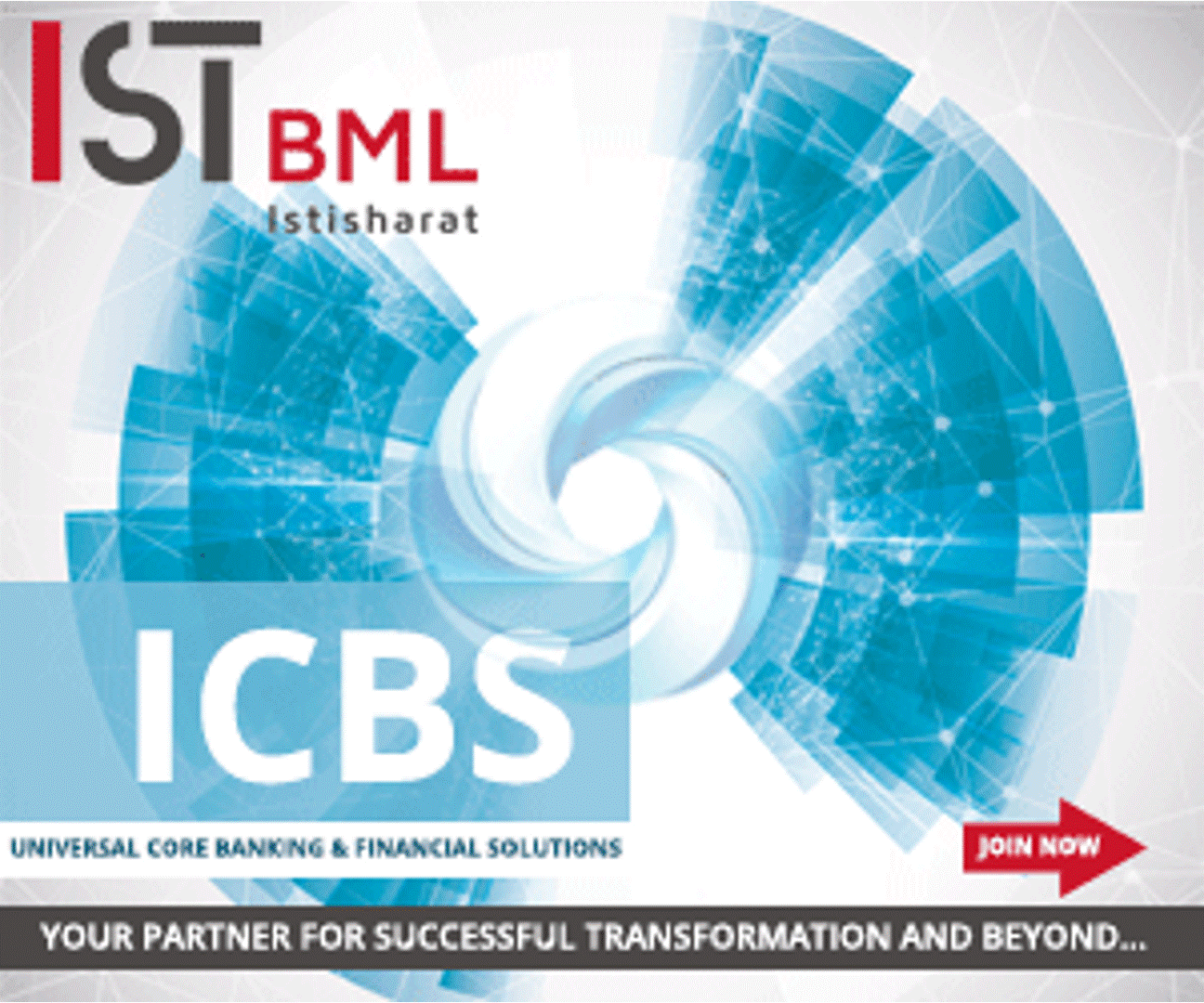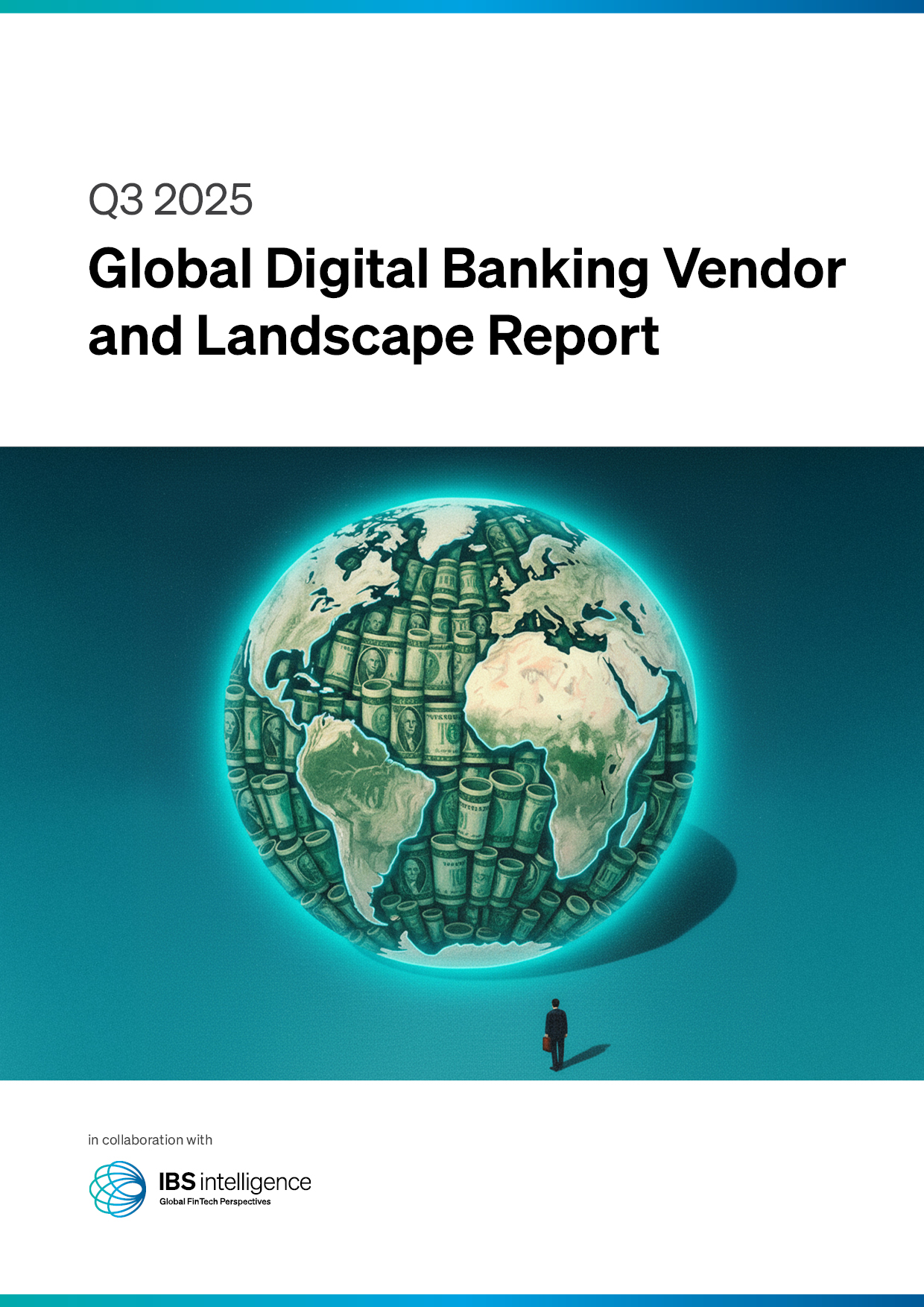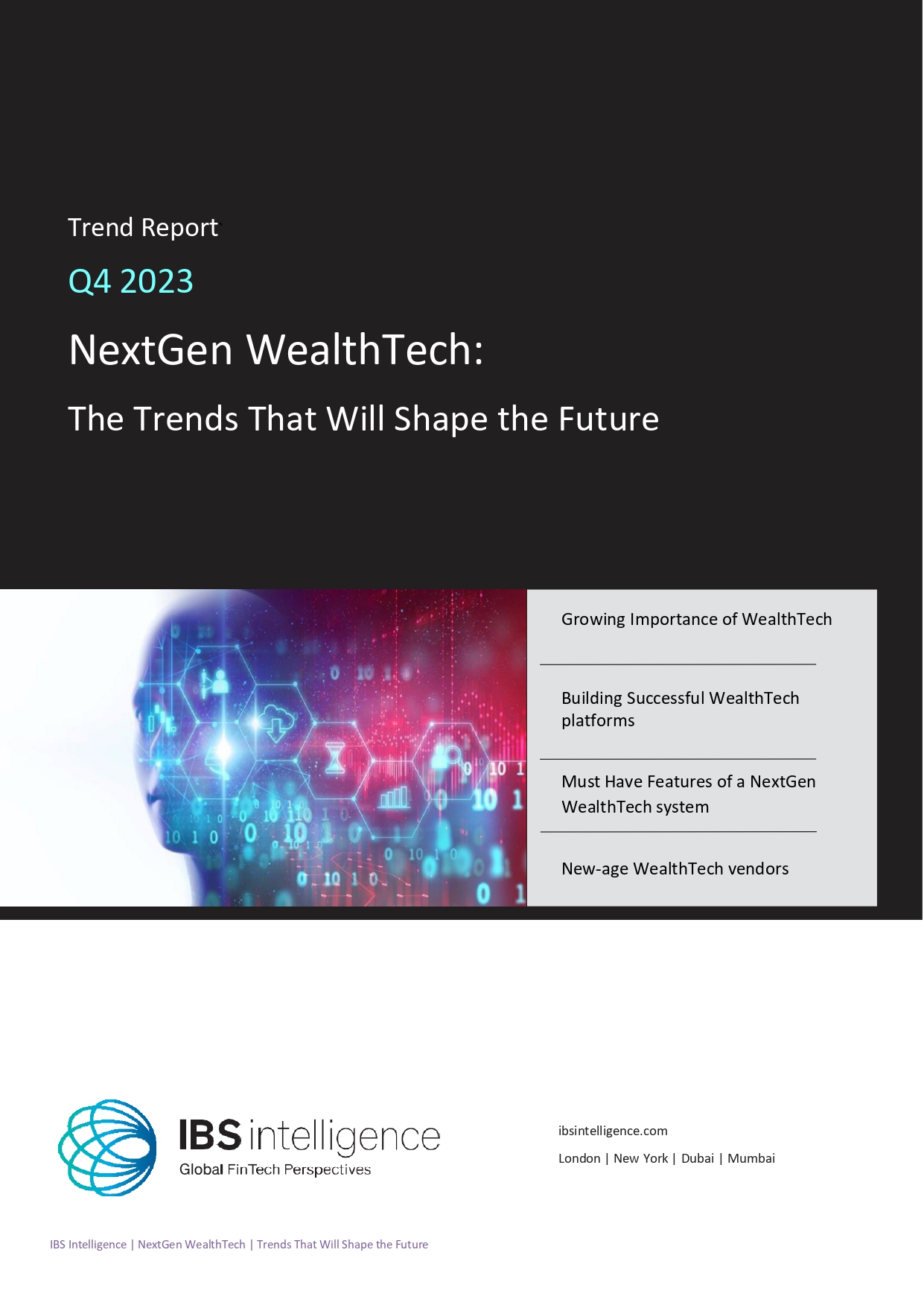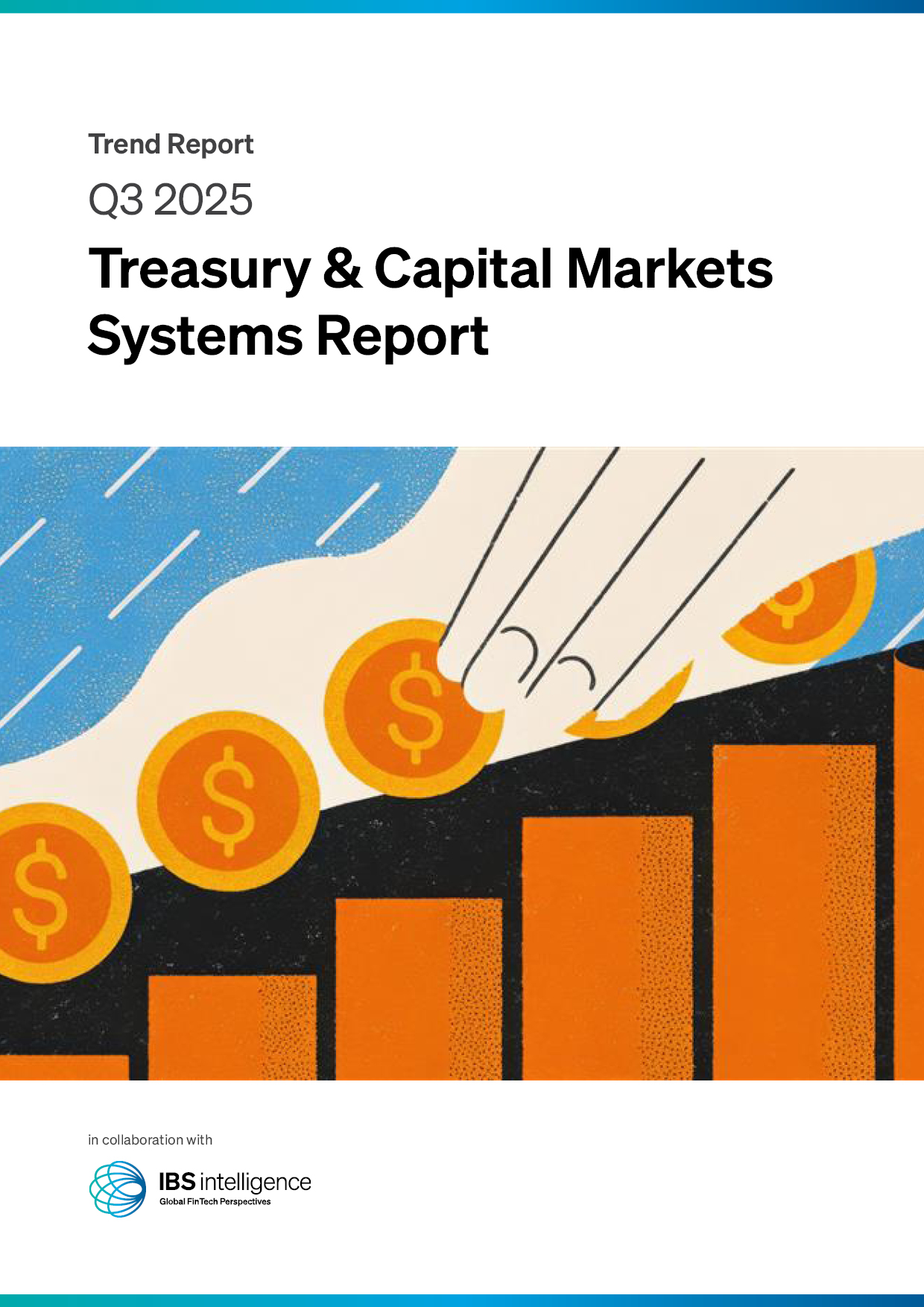 Back
Back
UK contactless payments limit to rise to £100 reflecting consumers’ preferences
By Gaia Lamperti

In October, the limit for purchases via contactless card payments will rise to £100 in the UK, the Treasury has confirmed today.
With the pandemic accelerating the move away from cash, card payments became one of the most popular payment methods, with customers appreciating contactless transactions for their efficiency and safety. “The move from the regulator to increase the contactless limit makes complete sense as we rapidly move towards a cashless society – a trend which has been accelerated by the COVID-19 pandemic,” Luke Massie, CEO of VibePay, commented.
“Aside from the consumer, we will expect to see the likes of Mastercard, Visa and other major card issuers to benefit the most from this potential move. This comes at a time when Mastercard has recently increased its fees for merchants,” he added. Later in the year, in fact, the payment giant will increase its interchange fees from 0.3% on credit card and 0.2% on debit card payments, to 1.5% and 1.15% respectively, a move that, some say, might affect negatively both merchants and consumers.
Yet, contactless spending continues to expand, and it is expected to account for almost half of all transactions by the end of 2022 (47%), as it becomes the most popular payment method for the first time. These findings were confirmed by a study carried out by the Centre of Retail Research (CRR) and published on VoucerCodes which examined the pandemic’s effect on the way UK shoppers pay for goods.
Anita Naik, Editor at VoucherCodes, commented: “Covid-19 has forever changed the way consumers spend their money. With exponential increases in online orders during the pandemic, combined with increased contactless limits and retailers implementing cash bans, people have quickly adapted to relying on contactless payments for the bulk of purchases as a result.”
The study showed that pre-pandemic, in 2020, chip and pin was the most popular payment method, accounting for over a third (37%) of all transactions in the UK. During the same period, only 17% of all payments made were contactless. However, the consumers and retailers’ change of behaviour during the pandemic has favoured an increase in contactless payments. Shoppers swapped cash for card for hygiene reasons, many retailers also stopped accepting cash altogether, and the contactless payment limit had already increased from £30 to £45.
“The increase to the contactless payment limit emboldens the industry’s commitment to giving consumers choice over how they pay – whether that be by cash, card, wallet or contactless. It ensures that digital progression reflects the needs of the market,” explained Matt Phillips, VP, Head of Financial Services UK&I at Diebold Nixdorf. “It represents timely action from the industry after the pandemic heightened appetite for contactless, as customers desired safety and efficiency when shopping. This move will widen the consumer usage of contactless payments while keeping a limit that protects their account. Any move that improves the service for customers, while enabling the digital evolution of the UK banking industry is a positive step, and a trend that we hope to see continue across the sector.”
IBSi FinTech Journal
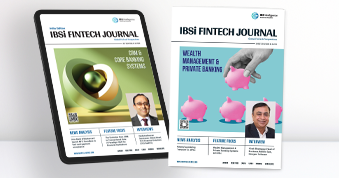
- Most trusted FinTech journal since 1991
- Digital monthly issue
- 60+ pages of research, analysis, interviews, opinions, and rankings
- Global coverage

